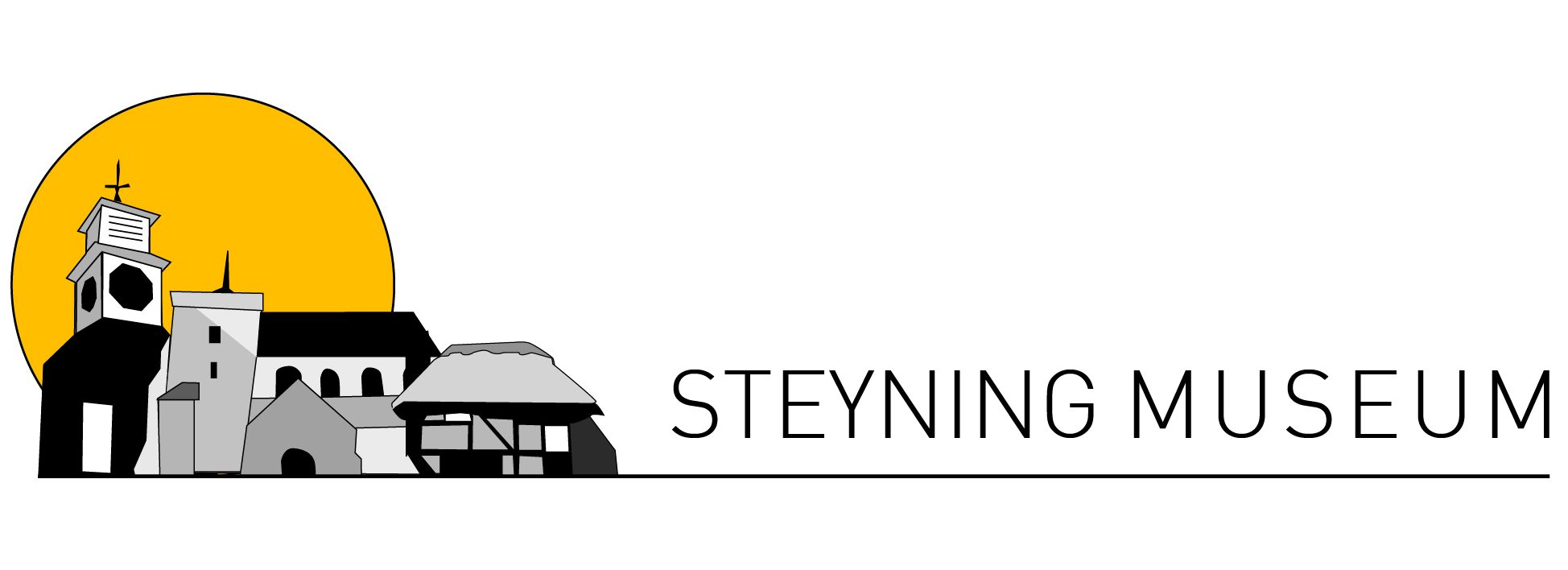
Park Brow was a small farming settlement discovered in the 1920s, before modern deep ploughing removed much of the evidence of its existence. Today, little survives to indicate the site of houses and fields spanning several centuries from the late Bronze Age, through the Iron Age and on into Roman times. It is now only at certain times of the year that lighter stripes in the soil after ploughing or darker stripes in the young crop reveal the position of the embankments (lynchets) at the edge of the former fields.
Eight circular Bronze Age huts were excavated, each measuring six to nine metres (20 to 30 feet) in diameter. The farmers who built these huts dug into the hillside to provide level chalk floors. The low walls were made from a wattle of woven, flexible sticks. A daub was applied inside and out, made from a mix of clay, crushed chalk, flint and grass. Once the huts were thatched with straw, the farmers had provided themselves with warm and weather-proof shelters. In fact this method of construction, wattle and daub, was still used four to five hundred years ago when many Steyning houses were built. The whitewashed wattle and daub walls became unfashionable in the 18th century. They were concealed behind a brick facing but still survive, though hidden, today.
The Bronze Age huts had hearths in the centre for cooking and heating. The Park Brow villagers discovered that chalk pits dug inside their houses provided somewhere cool for storage.

The surrounding land provided for the rest of their needs. Archaeologists have shown that pigs, goats and oxen were kept for meat, milk and bone to make small implements, and to labour on the farm. Pots, loom weights and grinding stones (querns) show that the villagers had a variety of craft skills. They modelled and fired clay, grew and ground grain for bread and wove cloth from the wool sheered from their small, horned sheep. Trade would have provided the bronze axes needed for wood-working as well as spears for hunting deer and wild boar. These animals lived locally and their butchered bones were left behind at Park Brow.
